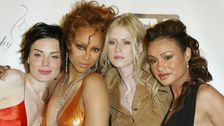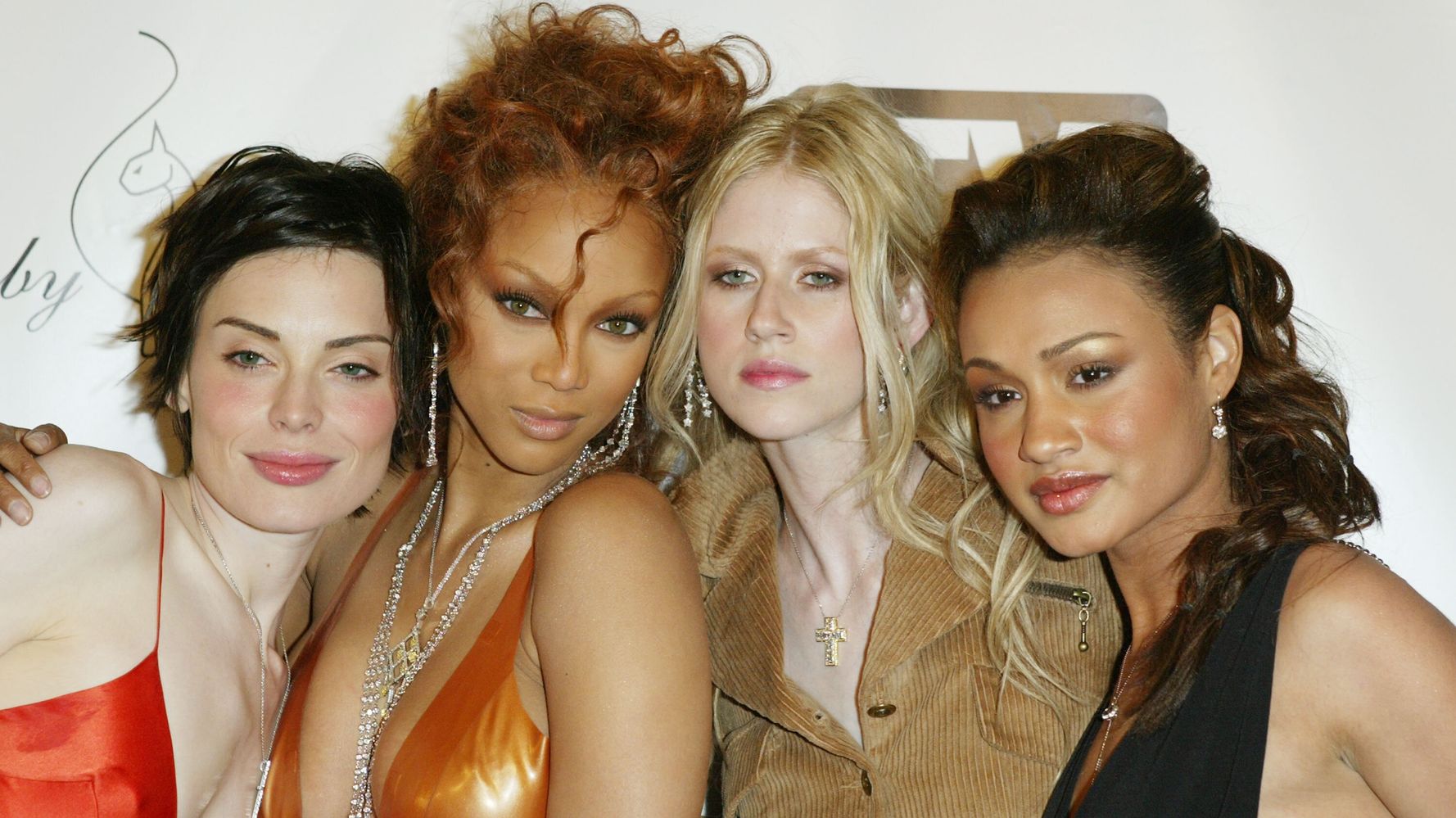[ad_1]

Apparently, Tyra Banks was the villain all along.
Social media discovered as much this week, as the model-slash-entrepreneur’s name began trending on Twitter when user @OladapoAisha posted 2006 a clip from Cycle 6 of model-search reality show “America’s Next Top Model.” In the clip, Banks and her panel of judges criticize contestant Danielle Evans for refusing to close the gap in her teeth.
“Do you really think you can have a CoverGirl contract with a gap in your mouth?” Banks says in the clip, referencing one of the prizes for the season’s winner. “It’s not marketable.”
The 14-year-old clip quickly began making the rounds, which prompted social media users to find and post even more cringe-inducing — and offensive — moments from “ANTM’s” past.
Just some of the most egregious things: Cycle 4 contestant Kahlen Rondot being forced to pose in a casket after learning her best friend had died. In Cycle 15, model Kayla Ferrel revealed she was uncomfortable with doing a sexy shoot with a male model because she had been molested as a child — addressing the abuse for the first time in her life. Judges told her to suck it up. In Cycle 7, Black contestant Jaeda Young had to work with (and kiss) a male model who told her he didn’t want to work with her because she was Black — even after she told Banks it made her uncomfortable. In Cycle 3, model Yaya DaCosta was chewed out by Banks for being too “Afro-centric.” In Cycle 5, Banks told lesbian contestant Kim Stolz to tone down her gay pride. There was also an incident where Cycle 17 model Angelea Preston was disqualified when producers learned she had been an escort. And then, of course, throughout the series there have been numerous incidents of blackface, yellowface and cultural appropriation of all kinds.
The recollection of these heinous, often problematic moments has led to a reevaluation of Banks, who with her “smizing” and theatrical antics became a kind of harmless if slightly odd meme through her time on the decades-spanning reality series. Suddenly, rather than a benevolent, kooky personality, she’s been given a new role of a calculating, out-of-touch villainess, a tormenter of small-town girls with gaps in their mouths.
“America’s Next Top Model” is one of the most successful reality television show franchises in history, spawning countless international spinoffs in over 30 countries. Produced by Ken Mok and Kenya Barris (whom you may know as the creator of “Black-ish” and “#BlackAF”), “ANTM” premiered on UPN in 2003, where it became one of the network’s tentpole shows.
When UPN later became the CW, the series was its highest-rated show between 2007 and 2010. Advertisers reportedly paid over $60,000 for commercial spots during the show’s 2011 season, the biggest asking price for any show on the network. Yes, “America’s Next Top Model” was a popular, beloved show. It also, arguably, was the catalyst for a whole genre of reality TV, the progenitor of shows such as “Project Runway” and “RuPaul’s Drag Race.”
One of the most compelling things about pop culture history is the reality that it is always changing, progressing as society progresses. In turn, it serves as a fascinating portrait of the times. Banks and friends were indeed awful, but it must be said: We were kind of awful, too. Every year, it seems as though we discover yet another cultural artifact that’s actually problematic in hindsight.
The reevaluation of “Friends” is a recent example of this. We find something we once mindlessly consumed, discover the ways in which it was harmful, and then pick away at all those imperfections until all that’s left is the carcass without context. But in reevaluating Banks and her completely bonkers show, we must also reevaluate ourselves, a part of the “Look how offensive this thing we all loved was!” frenzy that often gets overlooked.
Banks has yet to comment on any of the backlash; it’s likely that she will not. But on Wednesday, contestant Danielle Evans, who now goes by Dani, posted a video on her Instagram in which she responded to the conversation surrounding the clip of Tyra confronting her about her gap. In the seven-minute clip, Evans explained that the girls were taken to a dentist, where she was initially asked if she wanted her gap closed and she declined. Later, during the elimination ceremony, Tyra asked her why her gap wasn’t closed.
“I’m like, huh? She’s like, ‘I told you to get your gap closed.’ I’m like, ‘No you didn’t.’ She looks offstage to production … In that moment, I knew what was happening. I knew that I was basically set up and not being told that Tyra wants me to get my gap closed so that it’s good for TV,” Evans explains in the video.
This, perhaps, is the most insidious thing about all the offensive antics on “America’s Next Top Model.” It wasn’t just ignorance, but calculated ignorance. Everything — the blackface, forcing contestants to do things that made them genuinely uncomfortable or that played on real-life insecurities and traumas — was done not out of mere early- and mid-2000s naïveté but out of a concerted effort to make “good TV.”
It’s not just alarming that it happened. It’s also alarming that we ate it up. And it raises the question of what are we consuming now that in 20 years is going to make us ask, “Why was this allowed to air?”
Calling all HuffPost superfans!
Sign up for membership to become a founding member and help shape HuffPost’s next chapter
[ad_2]
Source link

